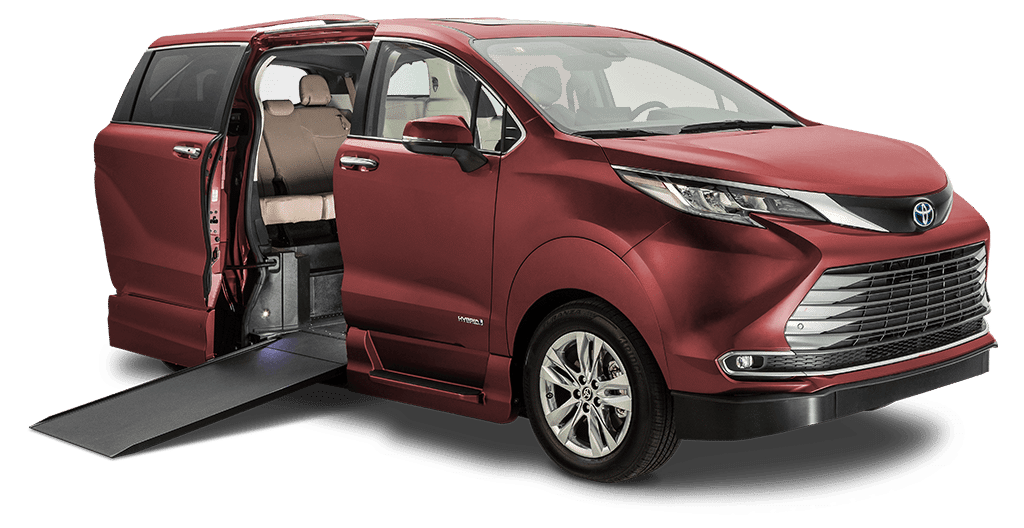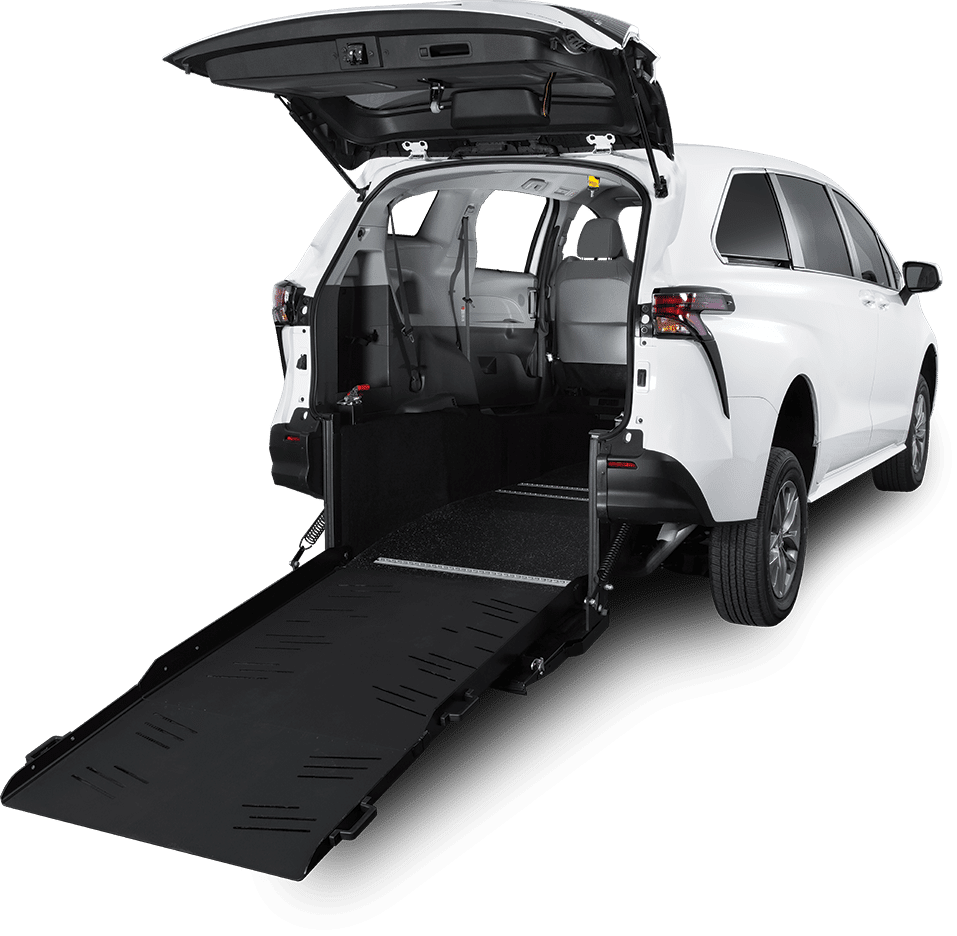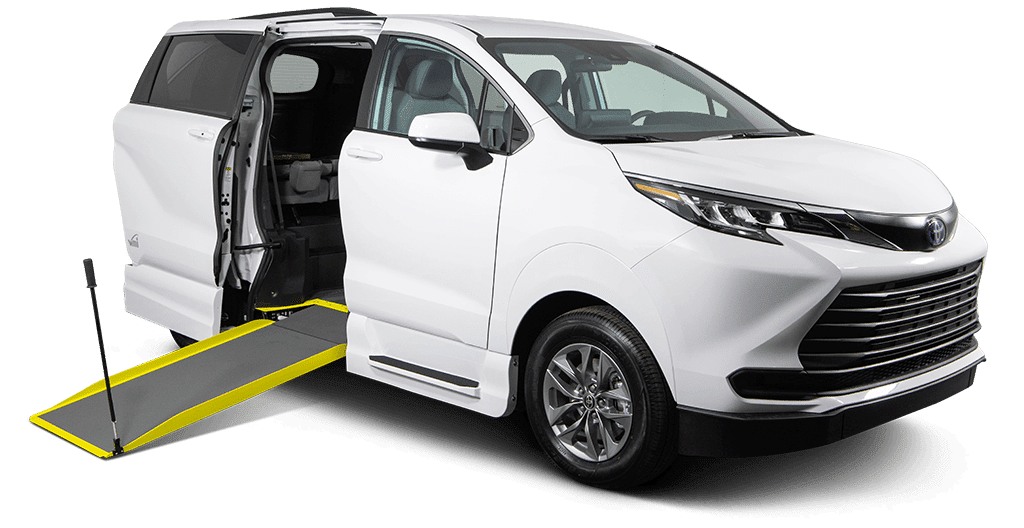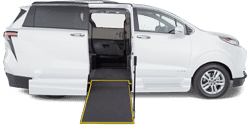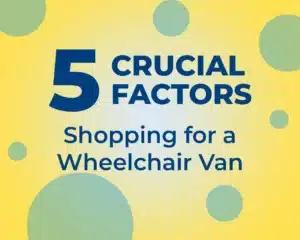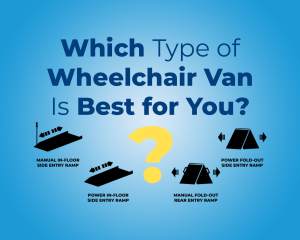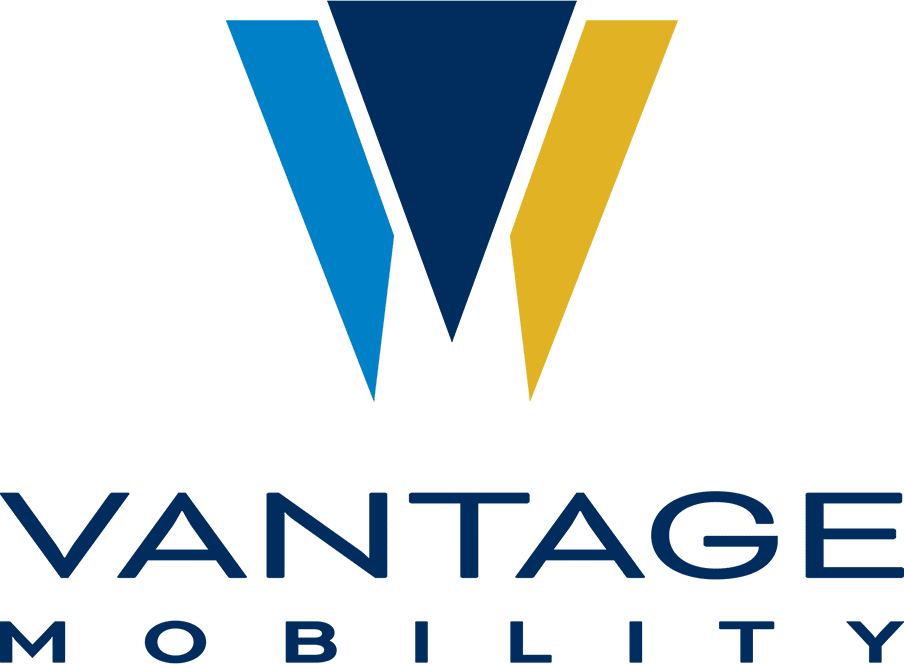It’s probably safe to say most people in the “disability world,” genuinely want to help others. It makes us feel good and it makes others feel good, so it’s pretty much a win-win.
And when you consider the daily challenges specific to people with disabilities, like having to call ahead to ensure a restaurant is accessible, it makes sense the community is full of empathetic people who are willing to help others out.
We’ve all been through challenges. We all know what it’s like.
But helping others isn’t always easy. You might not have a lot of time; you might not have a lot of money; and you might not have either.
The good news is those constraints doesn’t matter much. You don’t have to have a lot of anything to help others. If you want to learn how to get involved in disability organizations or support disability organizations without a surplus of time or money, then skip ahead to this section.
But if you’re able to do a bit more, check out these tips we received from Vantage Mobility’s accounts payable specialist, Christina Fisher, who was born with Charcot-Marie-Tooth Disease,but wasn’t diagnosed until her mid-forties.
She’s been with the company for more than 10 years and is heavily involved with the Muscular Dystrophy Association, and Charcot Marie Tooth Association. This year, she will take up the title of Co-Leader of the Arizona CMTA Branch.
First, understand why disability organizations are important.
Disability organizations can help you better understand your diagnosis. In some cases, they can also help you determine your diagnosis. Many organizations host seminars where experts in the field present new information or research for members to learn about. This info can help you prepare new questions to ask your physician.
If you read our recent post on How to Get the Job for People with Disabilities, then you already know disability organizations are great resources for job hunting. Many organizations provide résumé feedback, practice interview tutoring and help you network with industry professionals.
Perhaps the most important of all, disability organizations help you find support groups. Fisher says having a strong community of people going through similar circumstances has been helpful for her emotionally. Support groups can be found separated based on age, diagnosis, location and more. No matter what your disability, there’s a support group out there for you.
Speak with your physician if you’ve recently been or are in the process of being diagnosed.
If you’ve just received a diagnosis, ask your physician for organizations he or she recommends. They should have a plethora of resources, and even if it’s a large organization, someone within that board can connect you with a more specialized group. After Fisher was diagnosed, she turned to the Muscular Dystrophy Association for help. There she connected with people who introduced her to the CMT Association.
Research organizations online.
If your physician gave you multiple organizations, or if you don’t have a disability but still want to get involved, then try online research. Using a search engine to find organizations based on your interests will be plenty useful.
Start connecting.
Most organizations will have a page on their website answering how to get involved. Once you have an organization that you’re passionate about, search their site, and if you can’t find anything on volunteer information, then find an FAQ page or “Contact” page, and send someone on the list an email — preferably a volunteer coordinator.
Afterward, start connecting with them through social media channels like Facebook, Twitter, LinkedIn and maybe even Instagram. Comment on pictures or send messages asking how to get involved.
Volunteer, fundraise and be proactive.
Many organizations host children’s camps, races, carwashes, seminars, weekly meetings and more that take weeks—and sometimes months or years—to prepare for. Find out what your organization’s big event is, and think about what skills you possess that could be helpful in planning or executing that event. Then reach out and volunteer your services. If you’re into fundraising and want to learn to do it like a pro, then skip to that section here.
If you’re looking to excel in an organization, then you have to be proactive. Don’t wait for people to ask favors of you. Fisher says she attended weekly meetings with the CMTA for nearly three years before moving up to co-leader of the branch. She missed a few meetings here and there, but she made up for it by doing at-home research and bringing in helpful information for new members as much as she could, some of which included other support groups to check out, other websites to read from, and more.
How to Support Disability Organizations Without a lot of Money
Attend events, provide high quality feedback to disability organizations.
If you can’t help plan or execute the event, then try to simply attend the event. Nothing is worse for an organization than a well-planned event that no one shows up for. Help them out by being present, informing yourself about the subject at hand and spreading the information whenever and wherever possible in the future.
After attending, send a letter or call in to let them know how it went. Make your feedback useful by telling them what went really well that they shouldn’t change and what didn’t go well that they should definitely change. Though Fisher is heavily involved with MDA, she is not an official volunteer or board member. She attends their annual walk and raises as much money for them as she can. After her third straight year of attendance, she called in to ask how she could provide feedback, and the organization actually sent a representative to visit her and her fundraising team to take notes.
As you’ll soon see, organizations desperately want high quality feedback!
Tips to fundraise like a pro.
Fisher has attended the MDA walk three years in a row and raised more money for the organization each year. This past year, she almost doubled her $7,000 goal by raising a little more than $13,000.
Her favorite tips are:
When sending an initial email or posting to social media, include the following:
How to Support Disability Organizations Without a lot of Time
Donate.
A simple and quick way to make a positive difference is by donating to organizations that work to better the lives of people in need, but it’s important to know exactly where your money is going inside the organization and how it will make a difference. Use the online resource Charity Navigator to understand how well a charitable organization uses its resources and upholds its programs through a documented, unbiased rating system.
Bonus Note: September is CMT Awareness Month! (Charcot-Marie-Tooth Disease) If you’re looking to get involved in a disability organization immediately, this organization might be the one for you. Click the link above to find out how to get involved.



